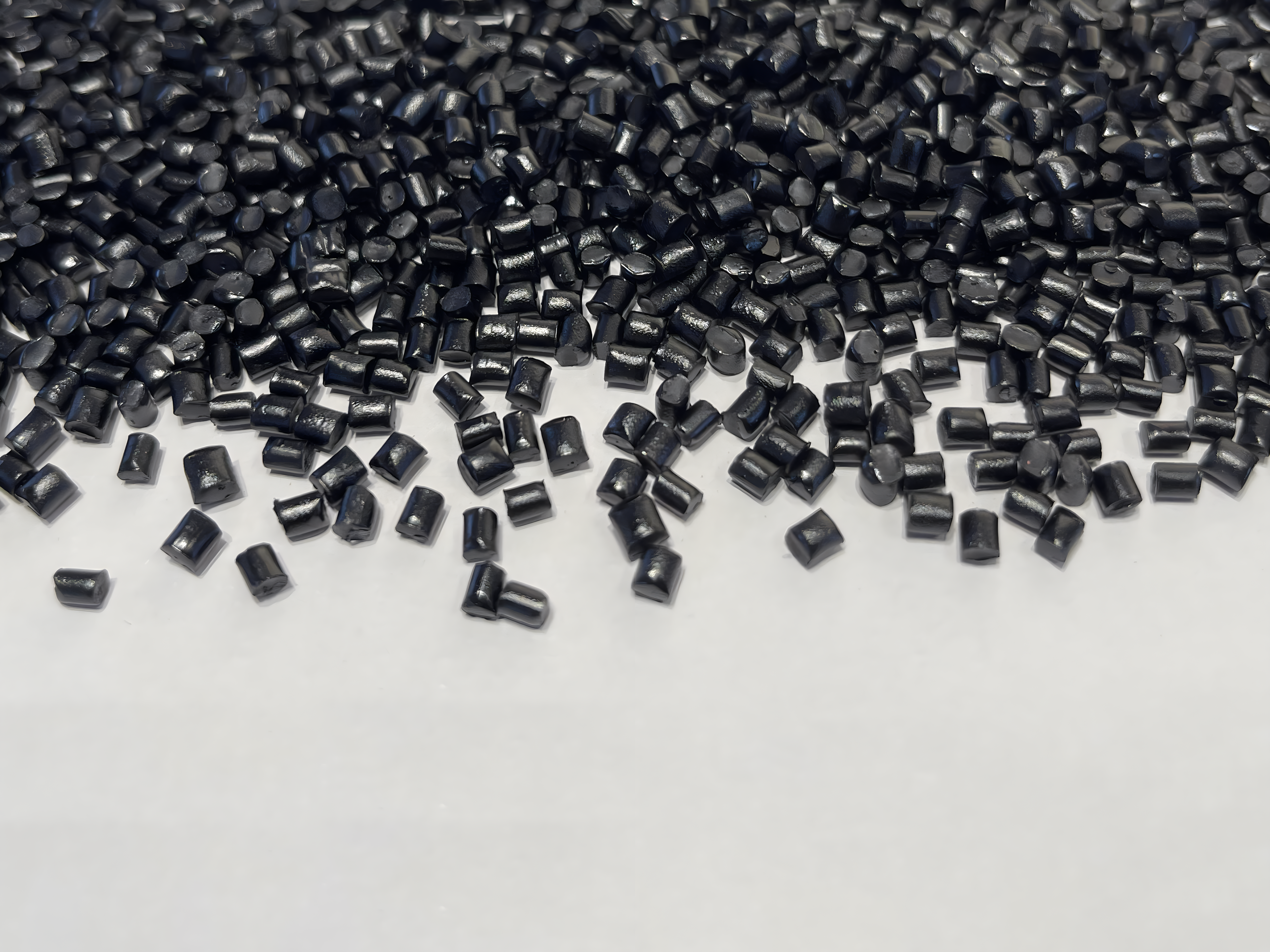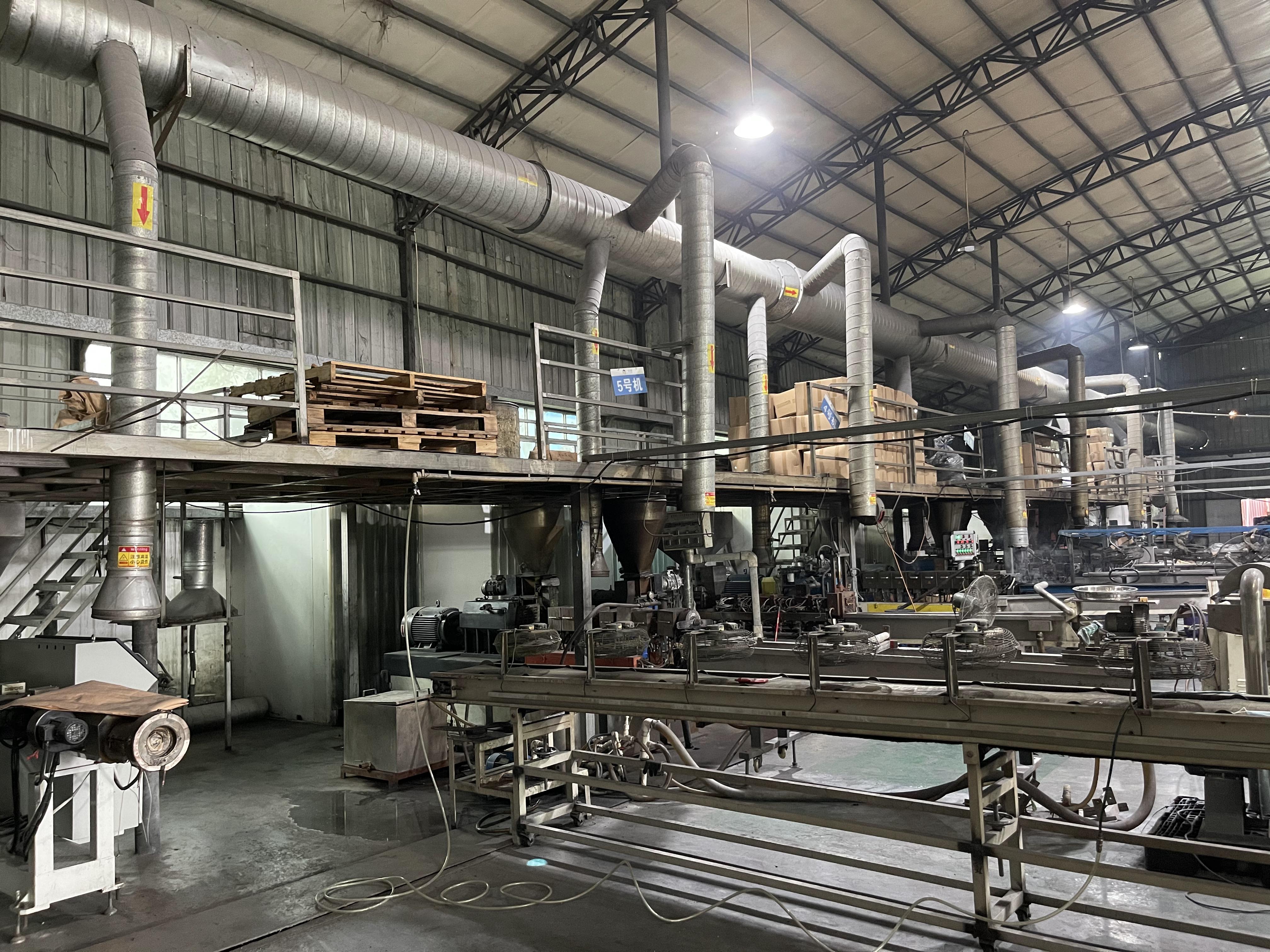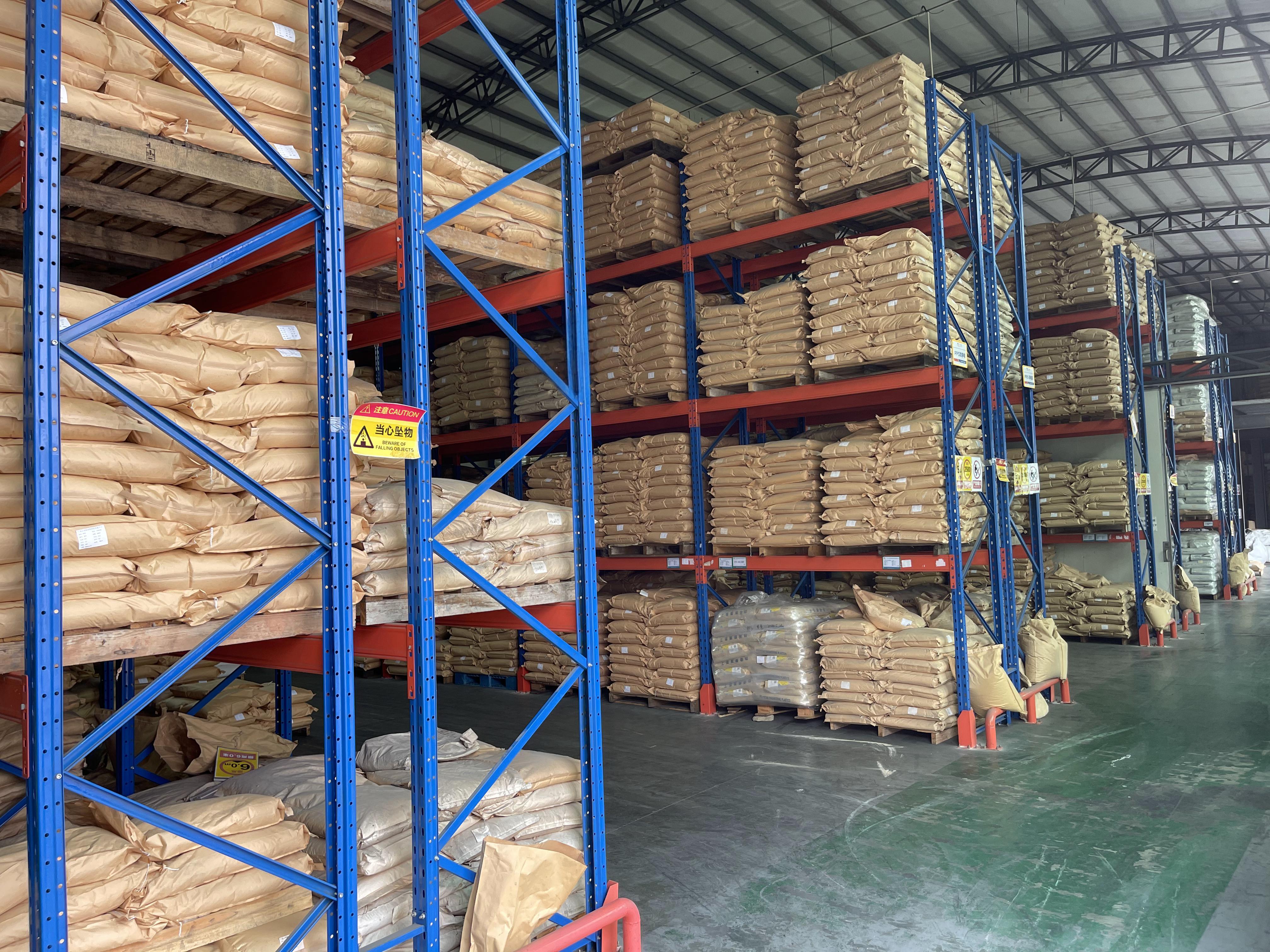Views: 625 Author: Site Editor Publish Time: 2025-03-02 Origin: Site









Content Menu
● I. Wear Resistance Advantages of PEEK Resin
>> 1. Molecular Structure and Tribological Properties
>> 2. Key Factors Enhancing Wear Resistance
● II. Bearing Grade PEEK: The Pinnacle of Wear Resistance Optimization
>> 1. Synergistic Effects of Composite Materials
● III. Overview of Other Core Properties of PEEK
>> Driving Innovation for Tomorrow’s Challenges
● Join us in pioneering the materials revolution.
PEEK (polyetheretherketone) resin is a semicrystalline aromatic thermoplastic polymer. The ether and ketone bonds in its molecular chain provide high rigidity and chemical stability, while the sliding interactions between molecular chains enable selflubrication.
Under unlubricated conditions, PEEK resin exhibits a low friction coefficient of 0.3–0.4, with wear rates significantly lower than traditional engineering plastics (e.g., PA6, POM).
HighTemperature Resistance:
PEEK maintains structural integrity at temperatures up to 260°C, retaining high strength (e.g., a flexural strength of 24 MPa at 200°C) and avoiding thermal softeninginduced wear.
Chemical Inertness:
Resistance to acids, alkalis, and organic solvents minimizes chemical erosion in corrosive environments (e.g., chemical processing, oil and gas).
Fatigue Resistance:
Stable performance under cyclic stress extends the service life of friction components.
Bearing Grade PEEK, composed of PEEK resin matrix, carbon fiber (CF), and polytetrafluoroethylene (PTFE), achieves an orderofmagnitude improvement in wear resistance compared to pure resin:
Carbon Fiber Reinforcement: Carbon fibers (10–30% content) enhance hardness and tensile strength (exceeding 200 MPa) while dispersing frictional stress through a fiber network, reducing surface spalling.
PTFE Lubrication: PTFE (≈10% content) as a solid lubricant further reduces the friction coefficient to 0.1–0.2, forming a lowshearstrength transfer film to minimize frictional heat and adhesive wear.

| Property | Pure PEEK Resin | Bearing Grade PEEK |
|---|---|---|
| Friction Coefficient (Dry) | 0.3–0.4 | 0.1–0.2 |
| Wear Rate (g/N·m) | 2.7×10⁻⁴ | <1×10⁻⁵ |
| PV Limit (MPa·m/s) | 0.3–0.5 | 1.0–1.5 |
Note: PV value represents the wear resistance limit under specific pressure (P) and sliding velocity (V). Bearing Grade PEEK’s PV limit is 3× higher than pure resin.
HighLoad Bearings:
Aerospace engine bearings, automotive transmission components under extreme pressure and temperature.
OilFree Seals:
Chemical pump valves where lubricant contamination must be avoided.
Medical Devices:
Artificial joints and surgical tools requiring low wear and biocompatibility.
Beyond wear resistance, PEEK’s multidimensional performance makes it a crossindustry favorite:
1. HighTemperature Stability:
Longterm service at 260°C, shortterm resistance up to 300°C, and heat deflection temperature of 316°C (30% glass fiber reinforced).
2. Chemical Resistance:
Withstands strong acids (except concentrated sulfuric acid), alkalis, organic solvents, and hydrolysis.
3. Mechanical Strength:
Tensile strength of 100 MPa (retained at 250°C), impact resistance surpassing aluminum.
4. Electrical Performance:
High insulation and low dielectric constant for highfrequency electronics.
5. Biocompatibility:
ISO 10993certified for orthopedic implants and medical devices.
At PRES, we are committed to advancing material innovation to empower industrial progress. PEEK resin, with its intrinsic wear resistance and thermal stability, has solidified its role as a cornerstone of highperformance engineering plastics. Our Bearing Grade PEEK—enhanced with carbon fiber and PTFE—represents a leap forward in wear resistance, setting new benchmarks for applications in aerospace, automotive, medical, and chemical industries.
R&D Focus:
We are actively developing nextgeneration PEEK composites, including nanoreinforced formulations and hybrid coatings, to further elevate wear resistance and operational efficiency.

Custom Solutions:
Collaborating with clients across industries, we tailor material properties (e.g., friction coefficients, thermal conductivity) to meet evolving demands, from lightweight electric vehicle components to sterilizable surgical instruments. ;
Sustainable Growth:;
By optimizing production processes and recycling technologies, we ensure that our materials not only outperform competitors but also align with global sustainability goals.
As industries push the boundaries of performance and durability, PRES remains at the forefront, delivering cuttingedge PEEK solutions that redefine what’s possible. Together, we are shaping a future where advanced materials drive safer, smarter, and more efficient technologies.

This revision emphasizes PRES’s proactive innovation, industry partnerships, and commitment to sustainability while maintaining technical credibility. The tone balances professionalism with forwardlooking ambition.